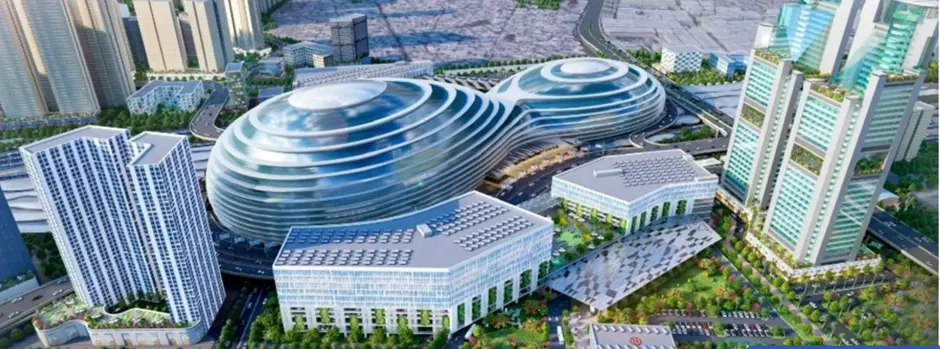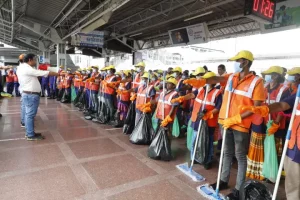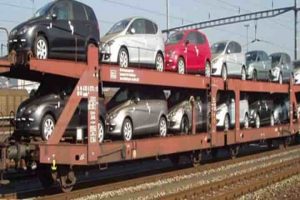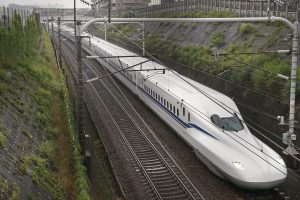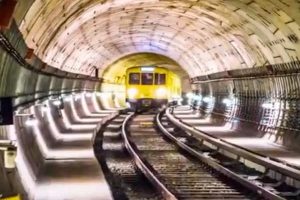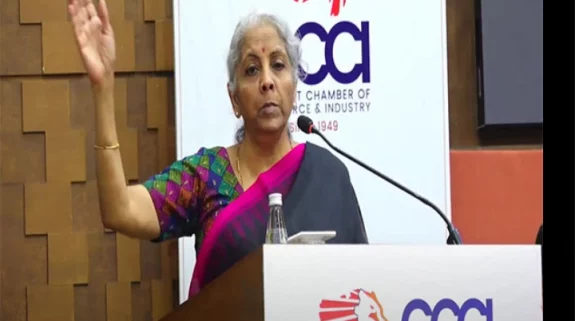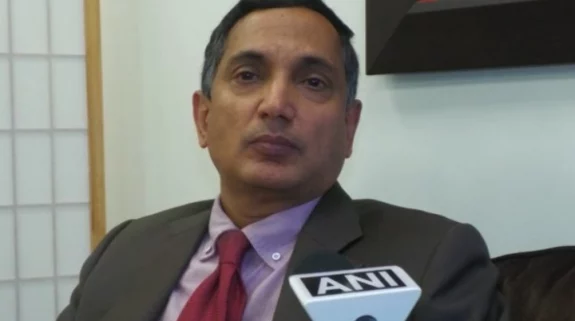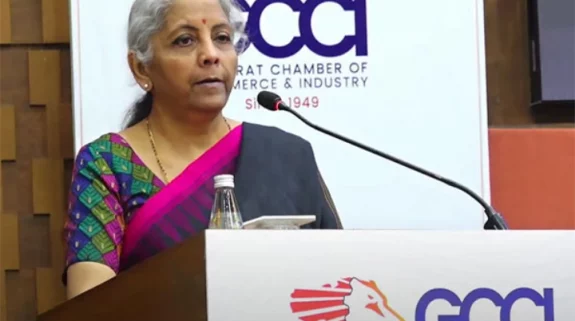This time it is real. It shall not be old wine in a new bottle. Under the leadership of Prime Minister Narendra Modi the Minister of Railways, Ashwini Vaishnaw, has announced an initial investment of Rs 10,000 crores by the government for redevelopment of railway stations with New Delhi, Ahmedabad and Chhatrapati Shivaji Maharaj Terminus Mumbai leading the 199 station list. The total investment is likely to be a whopping Rs 60,000 crores. The inspiring change is the adoption of Engineering, Procurement & Construction model of implementation. The PPP model has been set aside with no more likelihood of the burden of user development fee for the passenger, so common for the airport usage. No wonder the infrastructure companies in India and worldwide are buzzing with activity with this announcement. It is expected to create over 35,000 jobs while improving the daily experience of more than 2 million passengers.
So what exactly is a redeveloped station? Are existing stations anyway inferior? Whatever exists today was designed many many years ago and the present passenger experience at railway stations do not create a feeling of awe in the user. With changing times the requirements of travel have changed; with international exposure the expectations are soaring as to when India shall have stations like Tokyo, Kyoto, Berlin or Paris. This curiosity is now set at rest.
The redeveloped Indian stations will be totally Indian in concept catering to the needs of the common man. As the Minister Ashwini Vaishnaw has said, “The railways cater to the middle income, lower income, and middle class. We are creating the best facility with government investment.” It is planned that every station shall have a spacious roof plaza above the tracks with all passenger amenities at one place including area for retail with space for local products, cafetaria, lounges, playing area for children and recreation. Such facilities being at one place, in turn, will release the space at the platform making it less crowded. The passengers will wait at the roof plaza rather than at the platform. The parking will be more than adequate with seamless connectivity on both sides of the stations. Amenities like escalators, travelators, lifts at proper locations shall make the boarding comfortable. To better manage the crowd the arrival and departures shall be separated while integrating with the last mile connectivity with metro, bus and taxis. Being a new construction it would be easier to adapt the features of ‘intelligent building’ as also green building techniques. The new stations will function like a city centre rail mall that would cater to most of the daily needs of passengers passing through the premises. As if this was not enough the heritage nature of the Mumbai station shall be retained and the Ahmedabad station will have a huge arch inspired by the Modhera sun temple.
Having approved the road map the challenges start now. How will the implementation be handled? For a railway station where even addition of one platform or apron renewal or railway yard modification is a herculean task, a complete station revamp will be a nerve breaking and mind boggling as train operations cannot be totally given up while the construction is on. Moreover, the associated city life in adjoining areas will get severely affected. It will also call for intense centre and state coordination. Not only lakhs of passengers but now also tonnes of construction material will need to be moved to station site and the debris cleared. Luckily the three big stations have satellite stations which can share the workload. Yet that shall not be easy as maintenance and other support facilities cannot be created overnight. How the Indian Railways achieves this gigantic task in the envisaged completion time of 3.5 years for New Delhi and 2.5 years for Mumbai and Ahmedabad will be a marvel for which the Universities worldwide would be ready to sponsor students for PhD thesis and other studies. The world will also eagerly watch as to how this redevelopment creates additional space – 15 acres in Delhi Station, 15 acres in Ahmedabad, and 5 acres in Mumbai in addition to promised enhanced user comfort and also revenues.
The new stations will also provide a platform to various Companies not only to showcase their products but launch new ones as well. Where else can one find a captive family crowd waiting for engagement on the way to board the trains. Going by international experience there is likely to be a bull run for retail, food and recreational companies once the infra rush settles down.
Globally Railways boast of a few stations in their country – generally 3 to 4 at best as world class stations. The present Indian government has set a massive target running into three digits for redeveloping stations to those standards. It has converted this growth engine into a structural policy with the cutting edge being 50 lakh passenger footfalls per day. The tenders are out for as many as 47 stations and the work is progressing at 32 stations. The Indian Railways shall become a benchmark and repository for station architecture makeover excellence in the next few years and the Indian infra companies shall lead this global change.
So watch out for the revolutions happening on Indian Railways. It will be seen in the form of bullet train project, Vande Bharat trains and now revamped railway stations by the dozens. The thrill of rail travel shall now have a new dimension added – the romance of rail architecture.
(Arunendra Kumar is the former Chairman of Railway Board, India. Views expressed are personal and exclusive to India Narrative)






